| Read NY Times article Additional thoughts from Dr. Goldman: The author, David Leonhardt, is not a doctor and usually writes editorials relating to politics and economics. In the article, he states that "he is not sure about diet sodas being harmful." I AM SURE that diet sodas are harmful and cause weight gain! Breakfast is discussed a lot, as it is easy to consume high sugar amounts. Take a look at the below photo of a typical breakfast for me: veggies, hummus and shrimp. I take my supplements before eating and don’t experience any vitamin “burp up.” Eggs or other protein could be substituted for the shrimp. Any vegetable (cooked or uncooked) will do. |
That is because they cause weight gain.
There are taste buds in the intestine near the pancreas. Artificial sweeteners found in diet sodas stimulate these taste buds and in response the pancreas makes more insulin. The insulin drives sugar from the blood into fat stores. The brain sees the sugar levels go down and the person is driven to want more sugar.
Tests have shown that after three months, lab rats who drank Diet Coke, weighed 50% more than control lab rats drinking water!
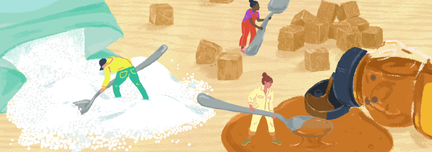
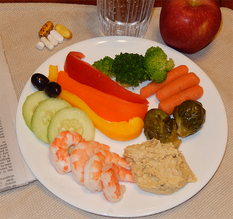

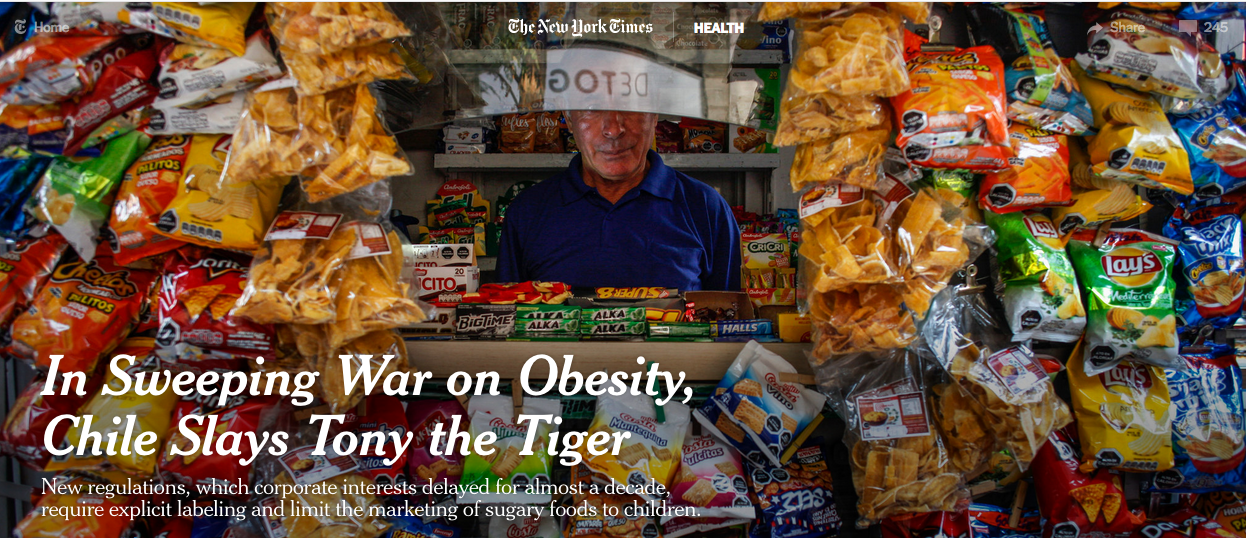




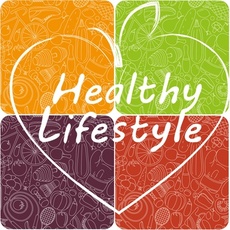
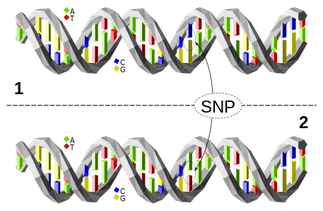
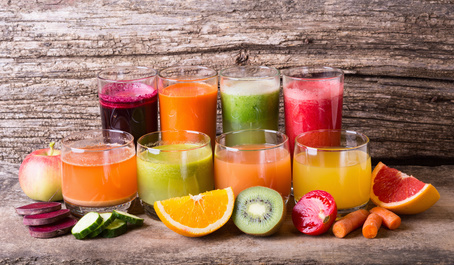

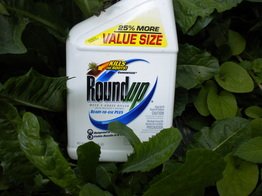
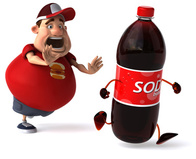
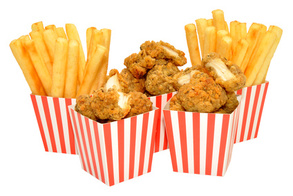

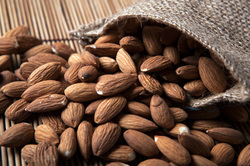
 RSS Feed
RSS Feed